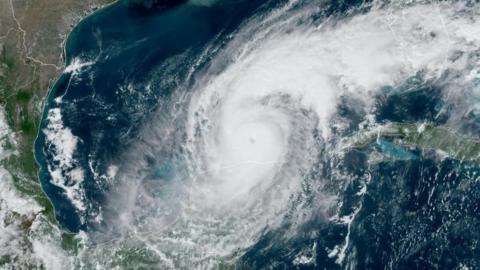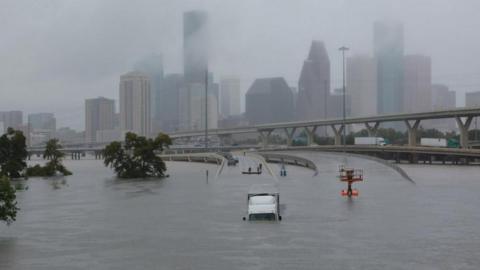Hurricane forecasts have generally become more accurate over time, but there are fears that these cuts could put that progress at risk.
"Less data means a worse forecast," warned Matt Lanza, a Houston-based meteorologist.
"I'm especially concerned about hurricane season because a lot of the steering mechanisms that direct hurricanes are governed by what's happening thousands of feet up," he added.
"And if we're not collecting data in important places, then I think that risks your hurricane forecast suffering."
It's difficult to say whether this will become apparent this year – a lot will depend on exactly where and when hurricanes hit.
But it also has potential implications for weather forecasting further afield in the world, which the Trump administration argues has become too reliant on the US.
"You need good information on the state of the atmosphere and the oceans from the whole world to make weather forecasts for any given location on Earth," warned Dr Swain.
"The impacts [of cuts to NOAA] are most concentrated in the United States, but will eventually cascade beyond the US should they continue at their current level or further expand."
In a press conference, NOAA acting administrator Laura Grimm said that NOAA had the best scientists and continued to make advances in forecasting, and remained committed to protecting the public.

